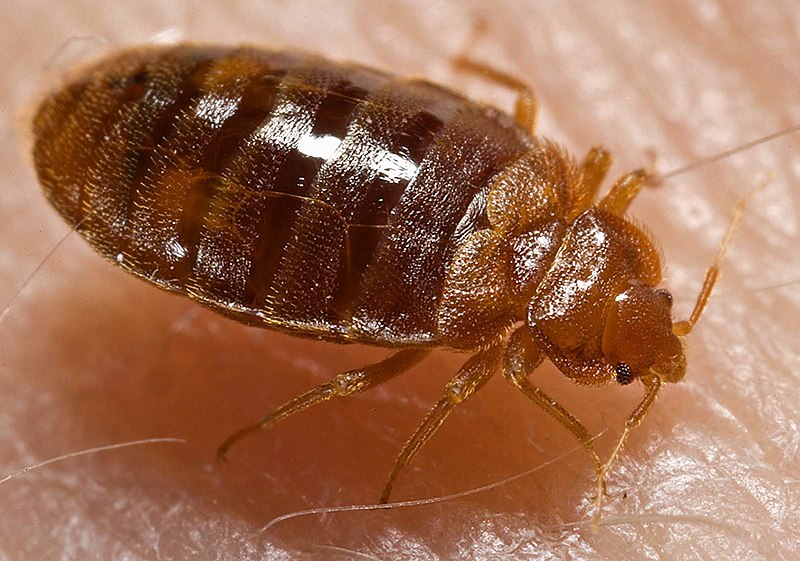Wepo:Bed bug, Cimex lectularius.jpg

Kiklo yẹdide bẹjẹeji tọn ehe: 800 × 561 pizẹl lẹ Zinpinpẹn etọn lẹ devo: 320 × 224 pizẹl lẹ | 640 × 449 pizẹl lẹ | 1,024 × 718 pizẹl lẹ | 1,280 × 898 pizẹl lẹ | 1,600 × 1,122 pizẹl lẹ.
Wepo jọun (1,600 × 1,122 pizẹl lẹ, kiklo wepo tọn: 161 KB, MIME wunmẹ: image/jpeg)
Kandai wepo tọn
Zin azán po gànmẹ po nado pọn wepo lọ dile e te do to whelọnu.
| Azán/Gànmẹ | Hiadonu | Dogbó lẹ | Zinzantọ | Linlẹn | |
|---|---|---|---|---|---|
| alọnu | 15:11, 17 Nuwhàsun 2007 |  | 1,600 × 1,122 (161 KB) | Patho | == Summary == {{Information |Description=ID#: 9822 Description: This 2006 photograph depicted an oblique-dorsal view of a '''bed bug nymph, Cimex lectularius''', as it was in the process of ingesting a blood meal from the arm of a “voluntary” human h |
Zinzan wepo tọn
Weda ehe nọ zan wepo ehe:
Wepo he nọ yin yiyizan lẹdo aihọn pé
Wiki devo ehe lẹ nọ zan wepo ehe:
- Yizan to af.wikipedia.org
- Yizan to an.wikipedia.org
- Yizan to ar.wikipedia.org
- Yizan to arz.wikipedia.org
- Yizan to ast.wikipedia.org
- Yizan to azb.wikipedia.org
- Yizan to be.wikipedia.org
- Yizan to bg.wikipedia.org
- Yizan to bjn.wikipedia.org
- Yizan to bn.wikipedia.org
- Yizan to bs.wikipedia.org
- Yizan to ca.wikipedia.org
- Yizan to ca.wiktionary.org
- Yizan to ceb.wikipedia.org
- Yizan to cs.wikipedia.org
- Yizan to cv.wikipedia.org
- Yizan to dag.wikipedia.org
- Yizan to de.wikibooks.org
- Yizan to din.wikipedia.org
- Yizan to el.wikipedia.org
- Yizan to eml.wikipedia.org
- Yizan to en.wikipedia.org
- Yizan to en.wikinews.org
- Yizan to en.wiktionary.org
Pọn lehe yiyizan lẹdo aihọn pé wepo ehe tọn te.
